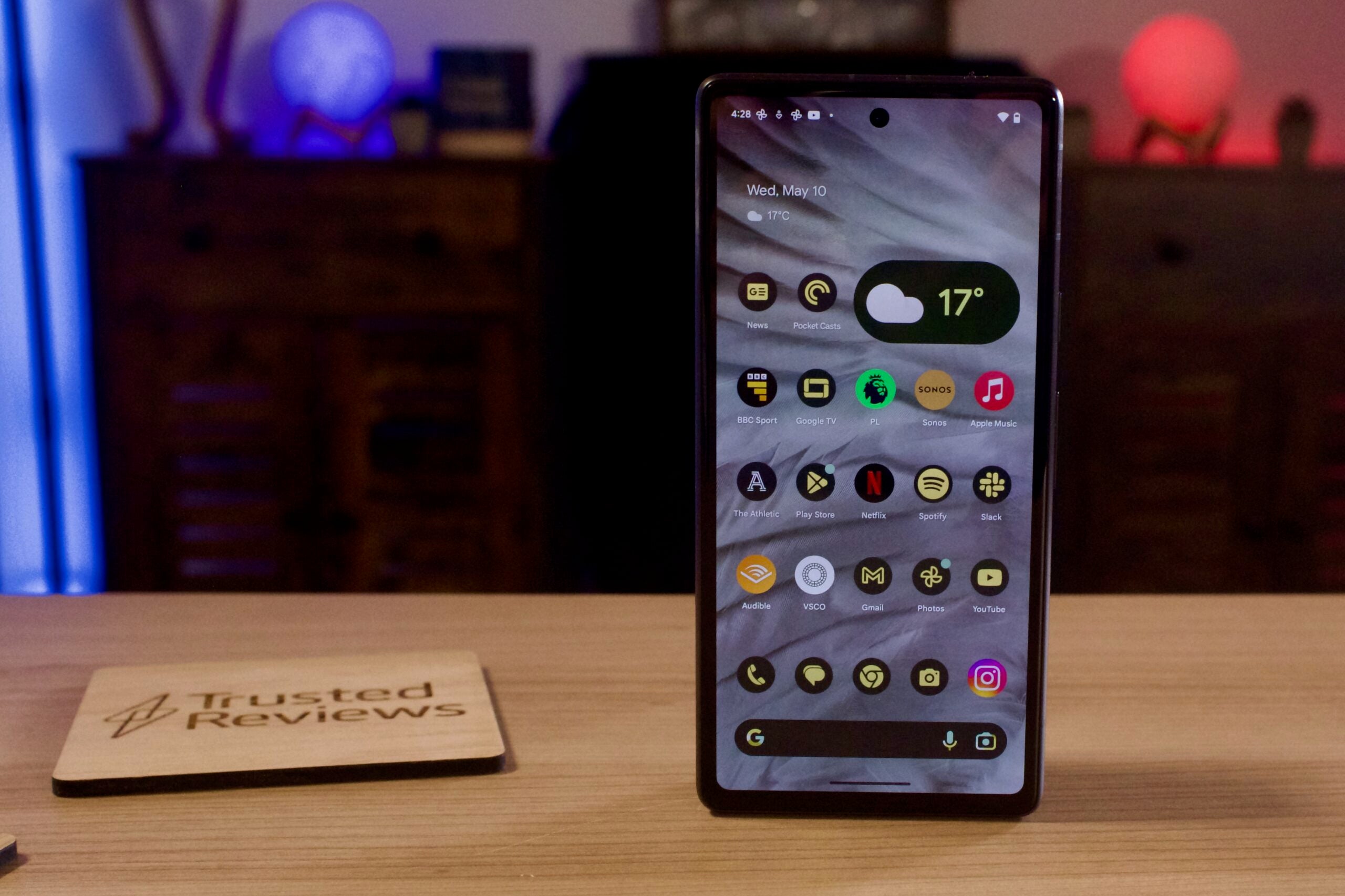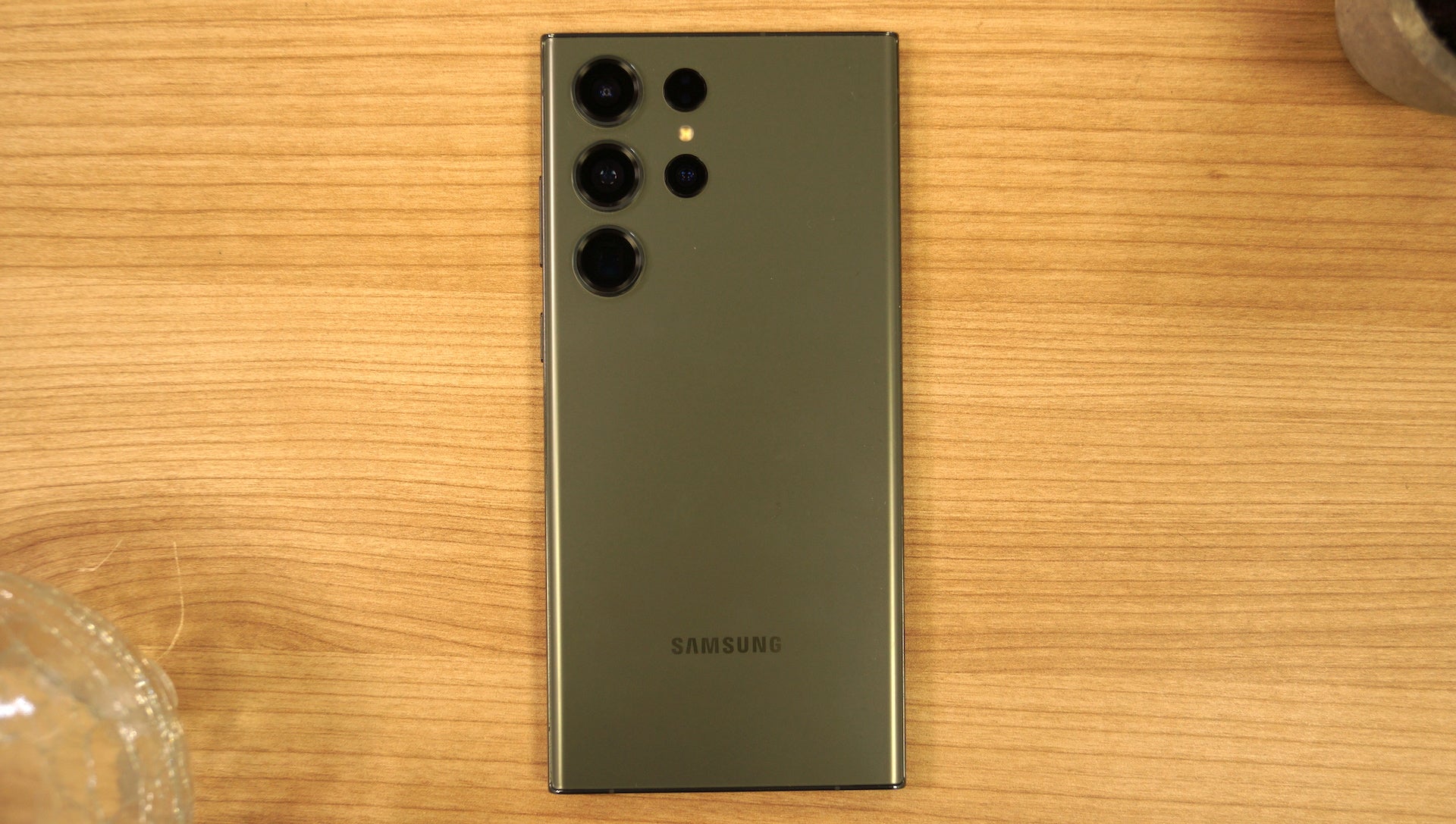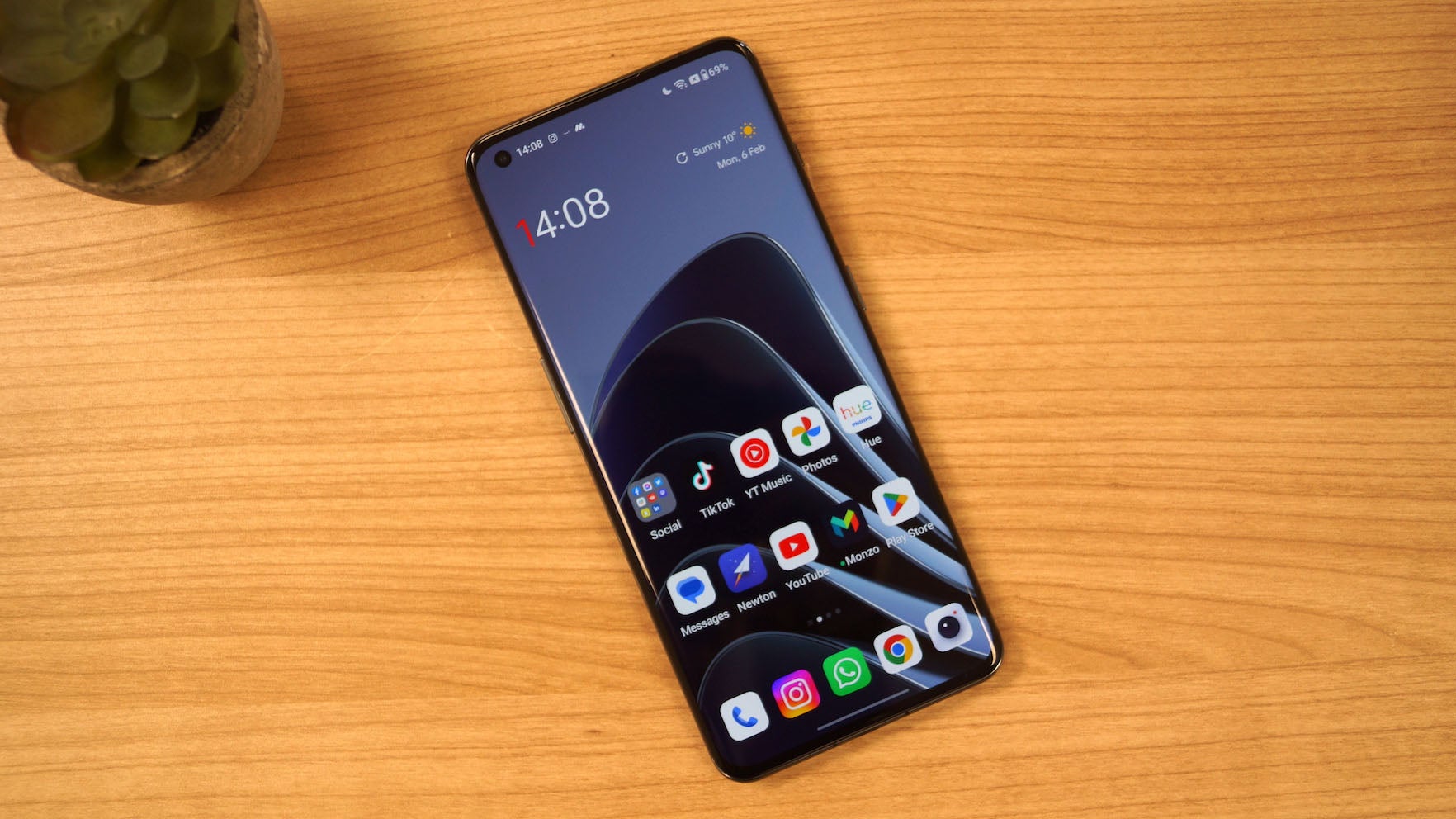Confirmed: The Galaxy S24 is way more powerful in the US than UK and Europe

Over the past few years, Samsung has had an annoying habit of splitting its chipset offering in its flagship Samsung Galaxy S series, with the UK and Europe getting a Samsung Exynos-powered phone while those in the US would traditionally get a Qualcomm-powered variant.
That might not sound like a big deal on the surface, but there were big differences between the chipsets, not only in terms of pure performance power but also the equally important power efficiency. This meant that the Galaxy S22 and S21 were essentially more powerful and more efficient in the US than in the UK and Europe, and that was pretty frustrating for consumers.
However, with the release of the Samsung Galaxy S23 range in 2023, the company reunified the chipset offering. Regardless of where you were in the world, your Samsung Galaxy S23 would sport the custom Snapdragon 8 Gen 2 for Galaxy. That not only simplified things for consumers, but it meant the experience was consistent whether you bought your phone in New York or London.
But it looks like it was too good to be true, as Samsung has once again reverted to its chipset split with the launch of this year’s Galaxy S24 range. That means those in the UK and Europe get the Exynos 2400-powered phone, while those in the US get the Snapdragon 8 Gen 3 for Galaxy.
At the briefing event I attended ahead of its mid-January launch, Samsung reassured me that the two chipsets were on par, not only in terms of power, but also battery efficiency. However, after getting my hands on a Snapdragon 8 Gen 3-powered Galaxy S24 to compare to the Exynos 2400-equipped version available in the UK, I have seen first-hand that this is simply not the case.
That’s because, despite assurances from Samsung, the Snapdragon 8 Gen 3 for Galaxy-powered Galaxy S24 is much more capable than the Exynos 2400 variant, and that’s easily proven in benchmark testing.

The gap in performance is best showcased by the chipsets’ GPUs. Running GFXBench Aztec Ruins on high settings to simulate high-level 3D gaming at 1080p, the Exynos S24 managed a respectable 85fps, but the Snapdragon’s 111fps dwarfed it.
It’s a similar story in the GFXBench Car Chase benchmark, with the Snapdragon’s 120fps beating the Exynos’ 100fps. That’s a considerable gap considering the two have identical specs aside from the processor.
Moving over to 3DMark Wildlife Extreme, a more graphically intensive GPU test that runs a high-end 3D game at 4K, the Exynos variant scored 3957 – in line with the Snapdragon 8 Gen 2 of the OnePlus 12R – while the Snapdragon clocked in at 5016, a difference of 1059 points.
A key feature of both the Snapdragon 8 Gen 3 and Exynos 2400 is ray tracing, though as you’ve probably worked out by now, the Snapdragon offers better performance here too. Using 3DMark’s new ray-traced Solar Bay benchmark, the Snapdragon managed an average of 32fps compared to just 27fps from the Exynos competition.
The difference isn’t quite as stark in the CPU department, with the Snapdragon and Exynos scores in Geekbench 6 pretty in line with one another. This suggests that it’s only in the gaming department where you’ll really notice the difference between the two chipsets, with a similarly speedy day-to-day experience when scrolling through TikTok, sending emails and browsing the web.
The only saving grace is that, with both chipsets built on the same 4nm process, there isn’t much difference in terms of battery efficiency, as determined by our standard battery test of playing an HDR movie on Netflix for an hour.
You can see a complete summary of benchmark test results right here:
Even with arguably more parity than with previous chipset splits, we’re once again in a situation where US users are effectively getting a much more capable smartphone than much of the rest of the world – and that’s frustrating.
It’s worth noting that this chipset split only applies to the Samsung Galaxy S24 and S24 Plus. Oddly enough, the top-end Galaxy S24 Ultra comes with the Snapdragon 8 Gen 3 for Galaxy worldwide. It’s almost like Samsung itself knew which chipset was better ahead of launch…








